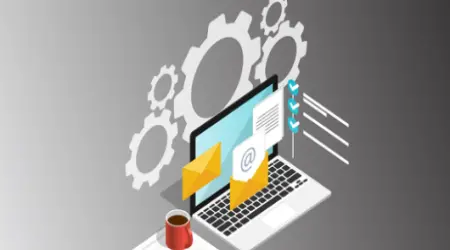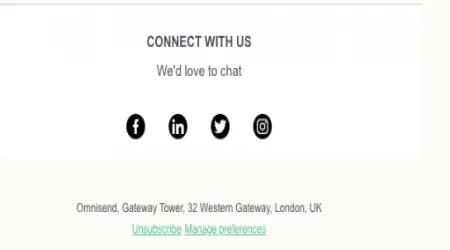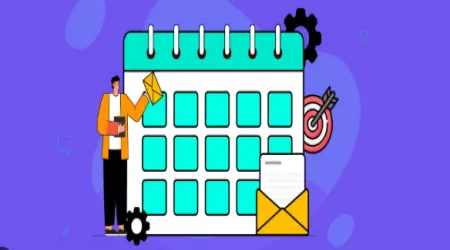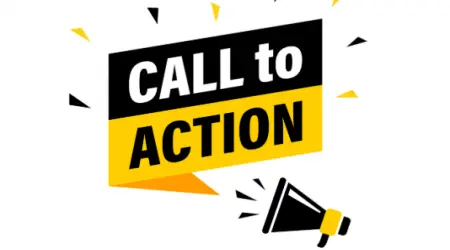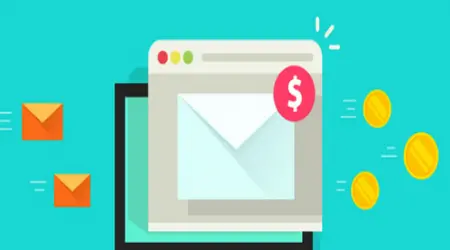
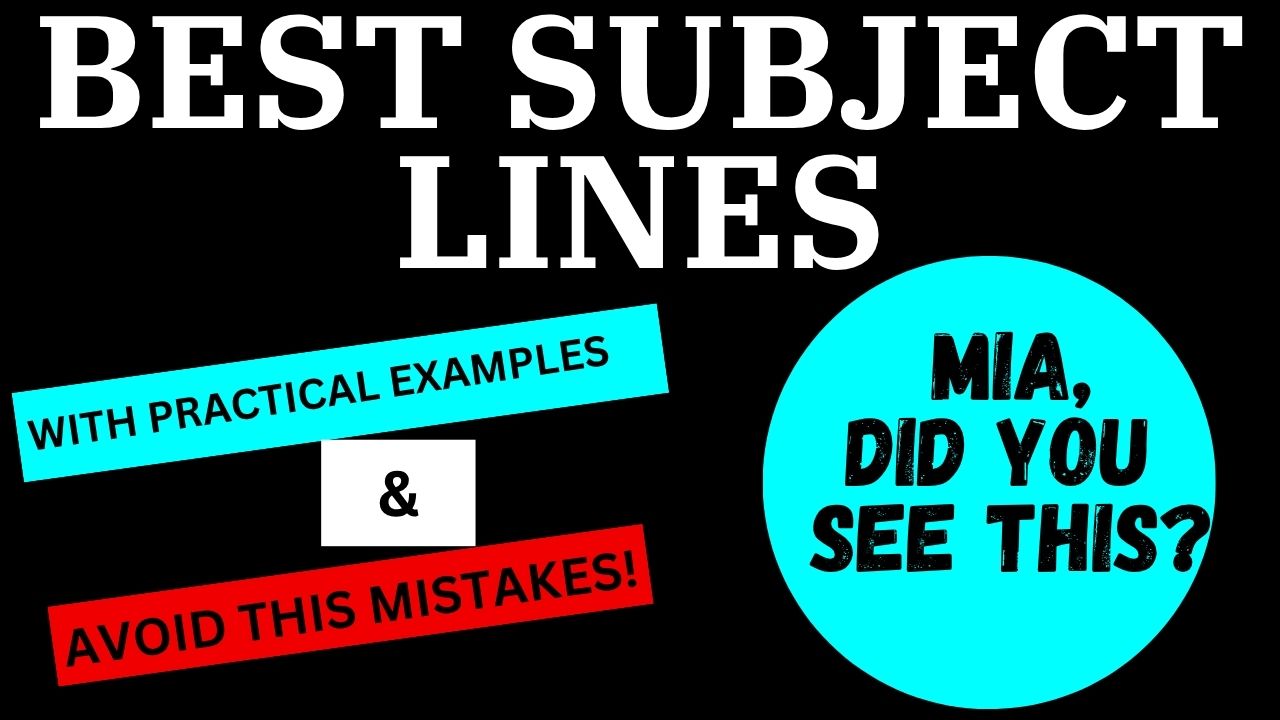
The Psychology Behind High-Converting Email Subject Lines
In the noisy world of digital marketing, where inboxes overflow and attention spans shrink, one thing remains consistent: your subject line can make or break your email campaign.
Subject lines are your first — and often only — chance to capture a reader’s attention. According to studies, 47% of recipients open emails based on the subject line alone, while 69% report emails as spam based solely on the subject line. That’s how powerful a few words can be.
But what makes a subject line irresistible? The answer lies in psychology.
1. Curiosity: The Brain Craves Closure
Humans are naturally curious creatures. When we encounter a knowledge gap — something that sparks interest but leaves us hanging — our brains push us to close that gap. This is known as the "curiosity gap", and it's a powerful psychological trigger.
Subject lines that tease rather than tell encourage people to open the email to resolve their curiosity.
Examples:
“What happened when I stopped emailing for a week…”
“The mistake that cost us thousands — don’t do this”
“You’re not going to believe this stat…”
By opening a loop, you're inviting the reader to close it — and that means clicking open.
Tip: Avoid clickbait. If the content inside doesn’t deliver, you’ll erode trust fast.
2. Urgency and Scarcity: Triggering FOMO
Fear of Missing Out (FOMO) is one of the most effective motivators in marketing. The brain perceives scarcity as value. When something is about to disappear, our instinct is to grab it now — even if we don’t need it.
Examples:
“Only 3 seats left — register now!”
“Sale ends tonight at midnight”
“Last chance to get your bonus”
Urgency and scarcity light up the amygdala, the part of the brain responsible for fear and emotion, urging people to act quickly.
Tip: Use urgency ethically. Don’t say “last chance” if it isn’t. Fake scarcity leads to unsubscribes.
3. Personalization: Speak to the Individual
Personalization isn’t just about using the subscriber’s name. It’s about making the email feel like it was written specifically for them.
Why does it work? Because the brain reacts to hearing its own name — it literally lights up areas associated with self-perception and social awareness.
Examples:
“Alex, we picked this just for you”
“Found something for your next project”
“You left something in your cart, ready to finish?”
You can also personalize based on behavior — like last product viewed, geographic location, or past purchases.
Tip: Use personalization to add value, not to creep people out. “We saw you on our site at 3:42PM” is too much.
4. Clarity Over Cleverness
Clever subject lines may win awards, but clear ones win clicks.
Your reader should understand what they’ll get when they open the email — without needing to think too hard. If your subject line is vague or confusing, the brain will ignore it to conserve energy.
Good:
“Get 50% off all templates today only”
“Your free SEO checklist is ready to download”
Less effective:
“The eagle flies at midnight…”
Tip: Test clarity vs cleverness. Sometimes curiosity wins, but in most cases, clear value wins consistently.
5. Emotion: Speak to Pain or Desire
The most opened emails often appeal to deep-seated emotions — either by agitating a pain point or offering a desirable outcome. Why? Because emotions drive decisions more than logic does.
Examples:
“Tired of getting ghosted by leads?”
“The easiest way to double your open rates”
“Stop wasting money on dead email lists”
Pain- or desire-based subject lines make people feel seen, and the brain responds strongly to emotional language.
Tip: Use emotionally charged but honest language. Don't promise transformation without delivering something meaningful.
6. Power Words and Sensory Triggers
Certain words spark stronger responses. These are called power words — and marketers use them to compel, excite, and stir curiosity.
Power words that work in subject lines:
Free
Proven
Secret
Instant
Simple
Discover
Shocking
Limited
Exclusive
Examples:
“Download your free content calendar (limited time)”
“Discover the secret to high-converting funnels”
Adding sensory language (visuals, feelings, actions) makes the subject line even more impactful. The brain loves to visualize.
7. Keep It Short (Especially on Mobile)
Most people read emails on their phones. Subject lines longer than 50 characters often get cut off, which can kill the impact.
Ideal length: 40–50 characters or less
Examples:
“New email templates inside — take a look”
“You're invited: Masterclass at 3 PM today”
Front-load the value: put the most important info at the beginning in case it gets truncated.
8. Test Everything: Subject Lines Are Data Stories
You can't improve what you don't measure. What works for one audience may not work for another.
That’s why smart marketers A/B test subject lines regularly. Some things to test:
Question vs statement
Emojis vs no emojis
Personalization vs general
Urgency vs relaxed tone
Example test:
A: “Stop wasting money on ads”
B: “How I saved $1,000 on Facebook ads”
Track your open rates and iterate. Eventually, your subject lines will become data-driven works of art.
9. Use Questions and Numbers
Questions trigger the brain’s instinct to seek answers. Numbers are easy to process and promise specific value.
Examples:
“Are you making this email mistake?”
“5 tools that save me 10 hours a week”
“Why open rates don’t tell the full story”
Questions engage. Numbers simplify. Use both.
10. Be Consistent With Your Brand Voice
Lastly, great subject lines are consistent with your tone, brand, and promise. If your brand is friendly and conversational, avoid overly formal lines. If your brand is luxury and refined, skip slang and gimmicks.
Subscribers build expectations. When subject lines align with the value inside, trust grows. And with trust, opens and conversions follow.
✅ Final Thoughts
Great email subject lines don’t just grab attention — they’re a conversation opener rooted in how the brain works. From curiosity and FOMO to personalization and emotion, the best marketers use psychology to drive results without manipulation.
Test relentlessly. Keep learning what resonates. And always make sure the promise in your subject line is fulfilled in the email itself.
Because at the end of the day, great subject lines don't just get emails opened — they get relationships started.
